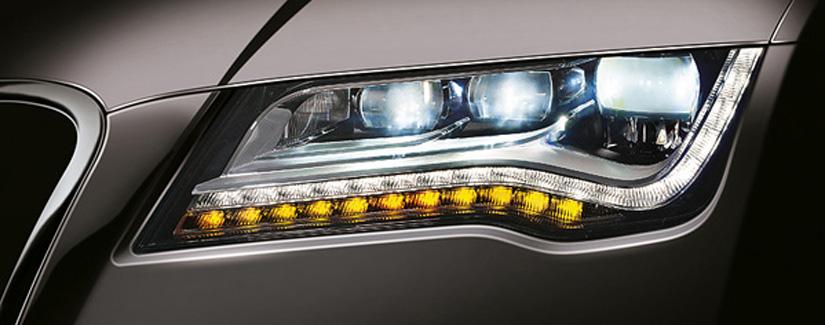Automotive Lighting Ltd. – Operative planning

The case study in pdf you can download here
APPLICATION:
Using created simulation model is possible to solve situations which are pretty difficult and interweave. It is very difficult to correct plan these situations. These plans are more exact and with lower need input parts using a dynamic model. There is possible to take all production capacities and other parametres (as adjustment, staff availability, pairing in production etc.)
BRANCH:

Car industry
SECTOR:
Engineering
BENEFIT:
Creation of dynamic simulation model which can daily generate a production plan on all the pre-production facilities.
About the company
Automotive Lighting Ltd. exists in the Czech Republic from May 1, 1999 when it arised as joint venture of german company Robert Bosch GmbH and italian company Magneti Marelli. From the year 2003 is a unique owner of the company Automotive Lighting the company Magenti Marelli of the Fiat concern. The year 2000 was for AL Ltd. in sign of moving to new space in industry zone in Pávov. The company develops and products the best modern lights for automotive producers in the whole world for example BMW, Honda, Kia, Mercedes, Mitsubishi, Nissan, Opel, Renault, Škoda a VW. AL Ltd. is respected pattern in production even the concern AL but also in production plants Magneti Marelli and the whole FIAT group.
Projects targets
Object of this cooperation was the creation of dynamic model the whole production process in the company automotive Lighting Ltd. The simulation model is used as a tool for daily operative production planning in a detail to individual production facilities.
Solution
Creation of the complex model is not easy so it was necessary to create the whole concept how to start this whole problem. Therefore have been done detailed analysis about production portfolio, production characteristics and capacity workload of production facilities at first. Then it have been identificated the individual production facilities and created maps of these material flows. Then we extended an analysis of a current state of handling and storage during the whole production process. All these information was used for the first step to understand this whole not easy problem and to set basic concepts.
The next step was the identification and setting of requirements for inputs and outputs from the whole planning tool, determination paramatrically changeble criterions and the specification output plans. We have had to solve the system of automatic handing over to input data to the model and automatic noting down of output plans after the simulation. This step and all of the other steps were virificated by the contracting authority.
Then it was started the creation of dynamic simulation model of all the assembly lines, then there were all the pre-assemblies integrated in to the model. The separated parts of the model were step by step connected, from them were created standard modules which have been use by the dynamic model setted according to held out input parametres.
The last step was the start of the whole system. This step was the best time-consuming because up to this moment we weren´t able to find out all the problems, lacks, errors, incorrect setting of parametres, preconditions, algorithms and incorrect input data. Now we started „painstaking work“ – looking for errors and removing these errors and tuning the whole complex
Results
After the whole planning dynamic model putting into operation in a form of routine mode, the company Automotive Lighting Ltd diposes of this simulation tool. Right using this toool is possible to generate operative production plans in pre-production and differentiation of idividual production facilities. These plans are optimal created according to input requirements and set parametres:
- They are respectful to production capacity of facilities, material flow, its throughput, availability of input parts, cumulation of production batches, shifts, staff number, setting possibilities.
- The system creates plans to maximalize satisfaction of all the customer requirements.
- This way generated plans allows to decrease overall supplies – input parts or completed products.
- The system adapts the plan creation to avoid collisional situations. It won´t be generated „useless“ supply in time if consequenced operations would be capacity deficient.

The case study in pdf you can download here APPLICATION: Using created simulation model is possible to solve situations which are pretty difficult and interweave. It is very difficult to correct plan these situations. These plans are more exact and with lower need input parts using a dynamic model. There is possible to take […]